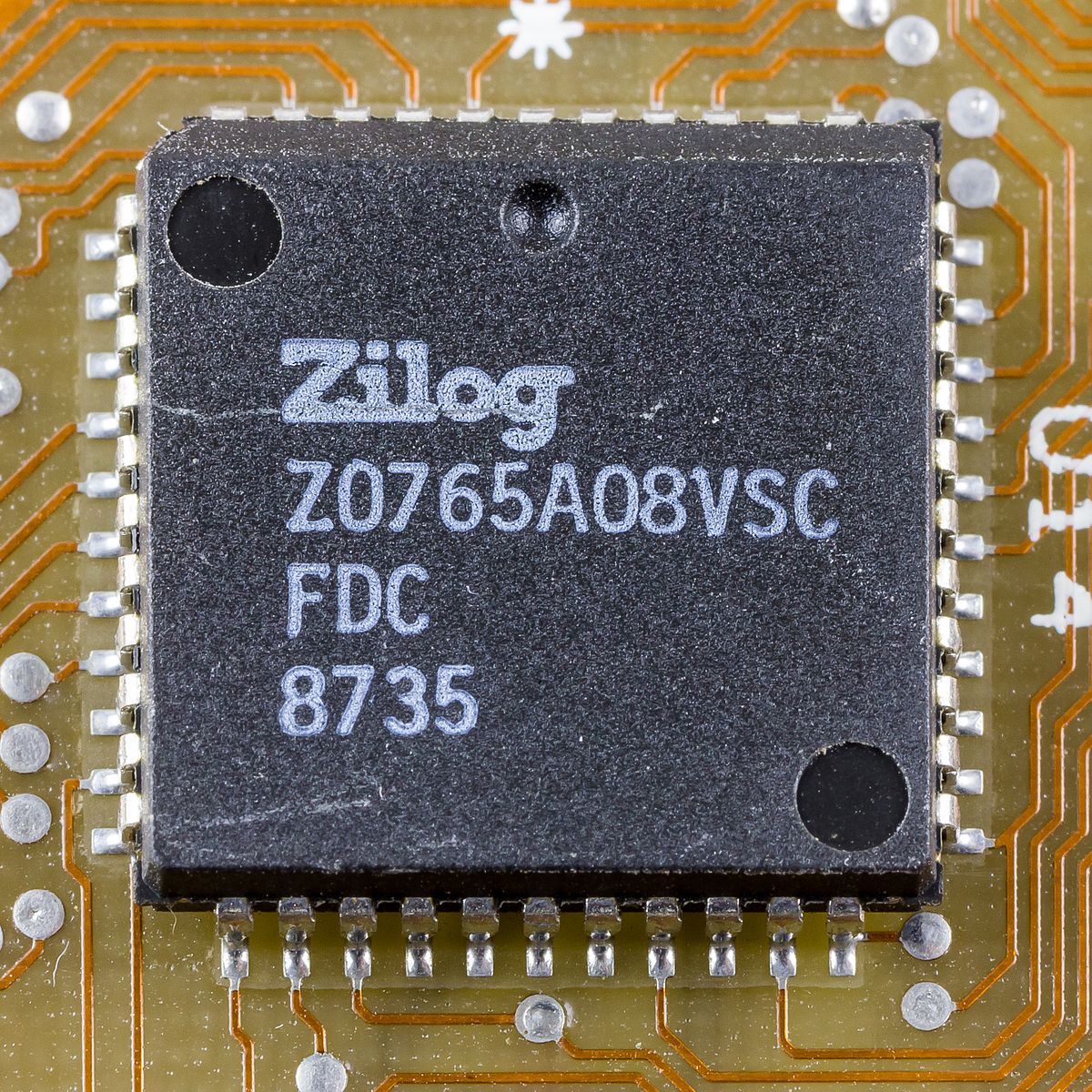Hardware Maintenance Diskette Version 176

For IBM/Lenovo ThinkPad laptop enthusiasts. Blog posts are encouraged. If your post does not appear in the queue, it's because of the stupid spam filter. Longchamp serial number meaning in tamil. Use the link to 'message the moderators' below to tell them.
Tips: • When buying a used ThinkPad, remember to check that the BIOS is not locked with a supervisor's password and that Computrace is not enabled and activated. • When buying a new ThinkPad, consider taking the IPS screen option if possible, as it doesn't cost much. Not only will it have better brightness, colour, contrast and viewing angles - you will most probably more than make up the investment when selling it. Corporate bulk purchasers don't usually go for it.
() • The only tools you need for servicing a ThinkPad are a set of small screwdrivers and a nylon spudger (for taking the screen and keyboard bezels off), and possibly a pair of tweezers. A can of compressed air may be useful too, and a bottle of isopropyl alcohol and cotton buds are good for cleaning, but not on the screen. Never use nail polish remover (acetone). Useful links: (select ThinkPad tab) (including lots of wallpapers) (##ibmthinkpad on Freenode) Related Subreddits. This is awesome.
The Hewlett-Packard series 80 of small scientific desktop computers. Hardware Models. Industrial rack-mount version of HP-85A/B without screen.
I just got a Yoga 11e and the UUID, model type, and serial # in the UEFI are invalid. I just spent 2 hours at MicroCenter trying to get them to fix it; come home and find this post.
Wish I had looked on reddit before doing that (and before scouring Google/other sites for hours for more info on this). Here's to hoping that it works. Gonna throw Linux on it anyway, so doubt it really makes any difference whether there's a valid UUID. I do see that the network adapter has complete shit reception, so I'm hoping it's just a loose antenna wire that is easily fixable myself.
HP-86B with 9121 dual diskette drive The first model of the Series 80 was the HP-85, introduced in January 1980. Wrote 'we were impressed with the performance. The graphics alone make this an attractive, albeit not inexpensive, alternate to existing small systems on the market. It is our guess that many personal computer experimenters and hackers will want this machine'. In a typewriter-style desktop case, the $3250 HP-85 contains the CPU and keyboard, with a ROM-based operating system (like the 9800 series), 16, a 5-inch screen (16 lines of 32 characters, or 256×192 ), a tape drive for cartridges (210 capacity, 650 /s transfer), and a thermal printer. Both the screen and printer display graphics in addition to text, and the printer can copy anything shown on the screen.
The chassis includes four module slots in the back for expansion which can hold memory modules, ROM extensions, or interfaces such as. All components were designed at the Hewlett-Packard Personal Computer Division in, including the processor and core chipset.
Later models offered variations such as different or external displays, built-in interfaces or a rack-mountable enclosure (see table below for details). The machines were built around an HP-proprietary code-named “” running at 625 kHz (0.6 MHz, sic) and had a BASIC interpreter in ROM (32 kB). Programs could be stored on DC-100 cartridge tapes or on external disk/tape units.
Despite the comparatively low processor clock frequency, the machines were quite advanced compared to other desktop computers of the time, in particular regarding software features relevant to technical and scientific use. The standard number representation was a format with a 12-digit (decimal) and up to ±499.
The interpreter supported a full set of scientific functions (, etc.) at this accuracy. The language supported two-dimensional arrays, and a ROM extension made high-level functions such as and available. For the larger HP-86 and HP-87 series, HP also offered a plug-in processor card with a separate processor. Historical context [ ] The late 1970s saw the development of inexpensive home computers such as the Apple and TRS-80.

Had developed the Apple computer with the idea of a computer that worked in BASIC when it was turned on, and offered HP rights to the Apple computer. He was turned down and was given a legal release. In an interview he did note that soon after that, the calculator division was starting an 8-bit computer project called Capricorn, and he wasn't allowed to work on that project. Ultimately, the market for desktop computing would go to personal computers with a floppy disk drive based operating system, and an industry standard Intel 8088 processor (the was announced shortly after the 80 series).